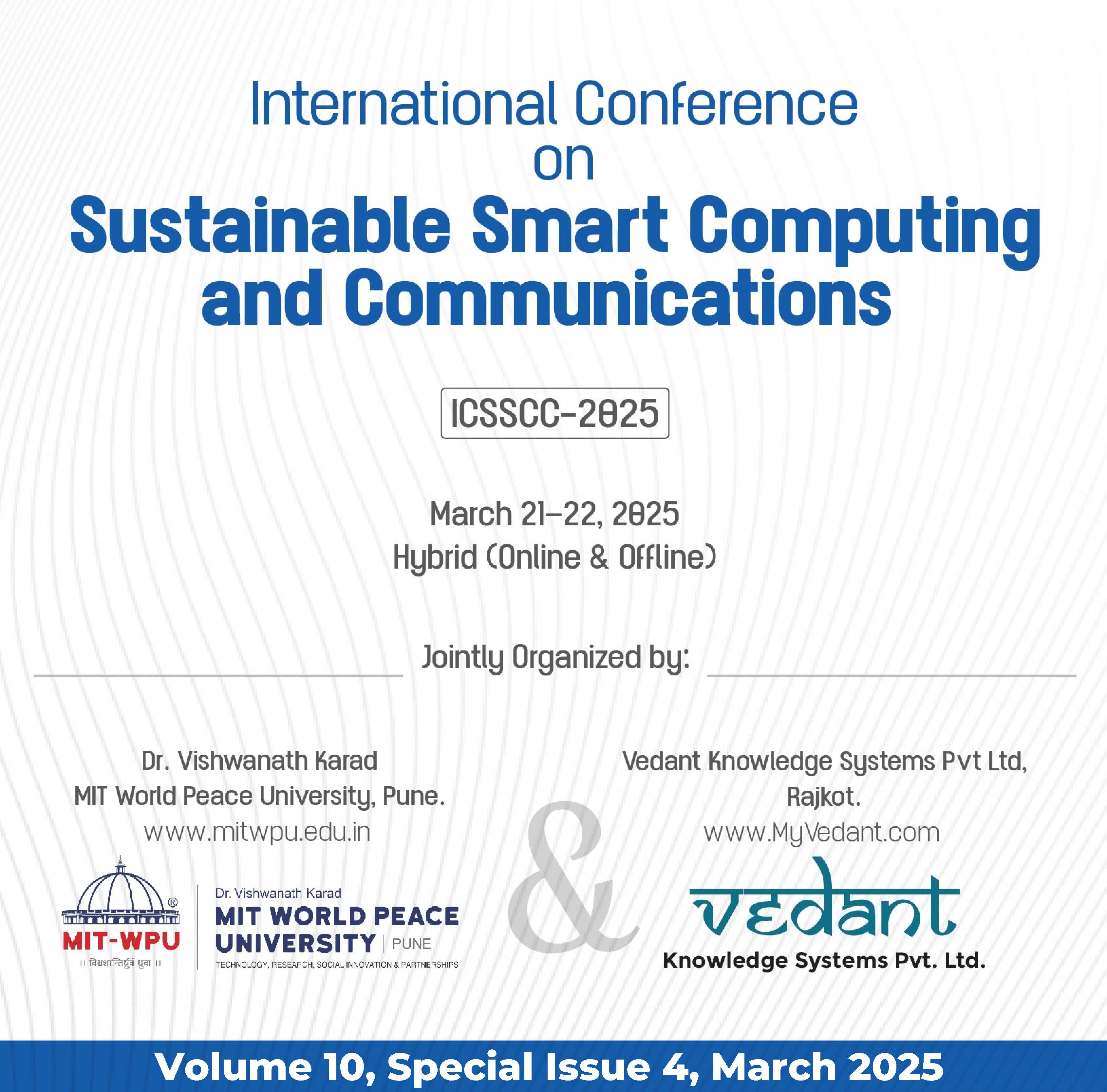Cyber Forensic Security in Digital Multimedia Communication Using Deep Learning
Keywords:
Cyber Forensic Security, Digital Multimedia, Digital Image Forgery, Image Splicing, Copy-Move Forgery, LSTM-based deep learning networks, CNN architectures for image forensics, SIFT-based feature extraction, Deep Learning, Tampered Region Localization, Forgery Detection Algorithm, Cybercrime, Digital Communication, Image Authenticity, Bounding Box DetectionAbstract
In the computing world, Cyber forensic security for digital multimedia is an instigative and gruelling field. With the rapid-fire increase in the use of digital technology, crimes moment are committed using contemporary ways that don't involve physical contact. As a result, forensic specialists are unfit to examine and dissect the data at the crime scene. A change in the disquisition ways is necessary to achieve effective disquisition of crimes involving advanced technology. The forgery of digital images compromises the authenticity and integrity of the images. In recent times, the need for the forgery detection algorithm has increased because of the rapid-growth and availability of imaging processing software and the advancements made in digital cameras. With the growing frequency of digital communication, cybercrime similar to image forgery have surfaced as significant challenges. Traditional forensic methods struggle to manage these advanced ways, challenging innovative results. To improve the detection and localization of manipulated areas in digital images, this study proposes a hybrid deep learning model that integrates Long Short-Term Memory (LSTM) networks with Convolutional Neural Networks (CNNs). Additionally, the Scale-Invariant Feature Transform (SIFT) algorithm is incorporated to enhance precision and robustness. The model effectively identifies forged regions, classifies tampering types (e.g., copy-move, image splicing), and delineates manipulated areas using bounding boxes. By generating double masks, it strengthens the accuracy of forensic analysis, contributing to advancements in digital forensic security. This exploration aims to use deep learning methods to produce a reliable frame for relating and examining these attacks, fulfilling an essential demand in the field of cyber forensics.
Downloads
References
B. Pravallika, J. Sasikala, and S. Reddy, 'A Survey on Image Forgery Detection and Classification Using Machine Learning Forensic Approaches,' International Journal of Creative Research Thoughts (IJCRT), vol. 12, no. 6, June 2024.
B. Mahdian and S. Saic, 'A bibliography on blind methods for identifying image forgery,' Signal Processing: Image Communication, vol. 25, pp. 389-399, 2010.
J. Li, X. Li, B. Yang, and X. Sun, 'Segmentation-based image copy-move forgery detection scheme,' IEEE Transactions on Information Forensics and Security, vol. 10, no. X, pp. 507-518, 2015.
H.-D. Yuan, 'Blind forensics of median filtering in digital images,' IEEE Transactions on Information Forensics and Security, vol. 6, no. X, pp. 1235-1245, 2011.
R. P. Singh, N. H. Sree, K. L. S. P. Reddy, and K. Jashwanth, 'Convergence of deep learning and forensic methodologies using self-attention integrated EfficientNet model for deepfake detection,' SN Computer Science, vol. 5, article no. 1129, Dec. 2024.
F. Ekundayo, 'Big data and machine learning in digital forensics: Predictive technology for proactive crime prevention,' Complexity, vol. 24, no. 2, pp. 2692-2709, Nov. 2024.
R. T. Yadav, 'AI-driven digital forensics,' International Journal of Scientific Research & Engineering Trends (IJSRET), vol. 10, no. 4, July-Aug. 2024.
E. Casey, Digital Forensics and Investigations: People, Process, and Technologies. Elsevier, 2019. Forensic Science International: Digital Investigation, vol. 32, no. X, 200888, Mar. 2020.
X. Li and Z. Qin, 'Blockchain technology in digital forensics: Challenges and opportunities,' IEEE Access, vol. 10, pp. 1-14, 2022.
T. T. Nguyen and X. Wang, 'AI in big data forensics: Techniques and applications,' Journal of Forensic Sciences, vol. 66, no. 1, pp. 23-35, 2021.
R. T. Yadav, 'AI-driven digital forensics,' International Journal of Scientific Research & Engineering Trends (IJSRET), vol. 10, no. 4, July-Aug. 2024.
